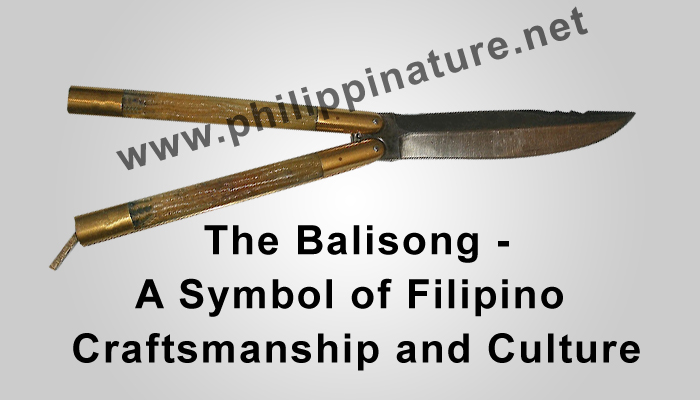Balisong – A Symbol of Filipino Craftsmanship and Culture

The balisong, also known as a butterfly knife, is more than just a tool or weapon; it is a cultural icon deeply rooted in the Philippines. With its distinctive design and intricate flipping techniques, the balisong has captivated both locals and enthusiasts worldwide. In this blog, we’ll explore the history, craftsmanship, and significance of the balisong in Filipino culture.
Brief History
The origins of the balisong can be traced back to the town of Batangas in the Philippines, where it has been crafted for over a century. Traditionally, these knives were made by skilled artisans using locally sourced materials, often featuring wooden handles and stainless steel blades. The word “balisong” is derived from the Tagalog language, meaning “broken horn,” which refers to the original use of horn in the knife’s handle.
Historically, the balisong was not only a practical tool for everyday tasks but also a means of self-defense. As the Philippines faced various foreign influences and colonial rule, the balisong evolved, incorporating different styles and techniques.
Note: The origin of the Balisong is unclear. Oral histories claim that the knives were first created in the Philippines in 800 CE. However, there is no documentation or archeological evidence to back this.
The Craftsmanship Behind Balisongs
The making of a balisong is an art form that requires precision, skill, and patience. Artisans, known as “balisong makers,” dedicate years to perfecting their craft. Each knife is typically handmade, ensuring that no two pieces are exactly alike. The process involves selecting high-quality materials, such as stainless steel for the blade and various woods or synthetic materials for the handles.
Balisong makers often engrave intricate designs and patterns on the blades and handles, adding to the knife’s aesthetic appeal. This attention to detail not only showcases the skill of the craftsman but also reflects Filipino culture and heritage.
In Filipino culture, the balisong holds a special place. It represents resilience, resourcefulness, and the rich history of Filipino craftsmanship. The knife is often associated with traditional Filipino martial arts, where practitioners use it in various forms of combat training. The balisong’s flipping techniques have become popular in the realm of performance art, showcasing the knife’s agility and beauty.
Additionally, the balisong has gained popularity among collectors and enthusiasts around the world. Competitions and gatherings, known as “flipping sessions,” highlight the skill and creativity involved in balisong manipulation, bringing together people who share a passion for this unique tool.
The Modern Balisong
Today, the balisong continues to evolve. While traditional designs are still celebrated, modern innovations have led to the creation of new materials and styles. Manufacturers are now producing balisongs that cater to both collectors and practical users, with features like ball-bearing pivots for smoother flipping and a variety of handle materials, from aluminum to titanium.
Despite its evolution, the essence of the balisong remains rooted in Filipino culture. It serves as a reminder of the country’s rich history and the incredible craftsmanship of its people.
The balisong is more than just a knife; it embodies the spirit of the Philippines. It tells the story of its people, their struggles, and their triumphs. As both a tool and an art form, the balisong captures the imagination of many, serving as a bridge between tradition and modernity.
Whether you’re a collector, a martial arts enthusiast, or simply someone interested in Filipino culture, the balisong offers a unique glimpse into the heart of the Philippines. So, the next time you come across a balisong, take a moment to appreciate its beauty and the rich heritage it represents.
References:
https://en.wikipedia.org/wiki/Butterfly_knife










